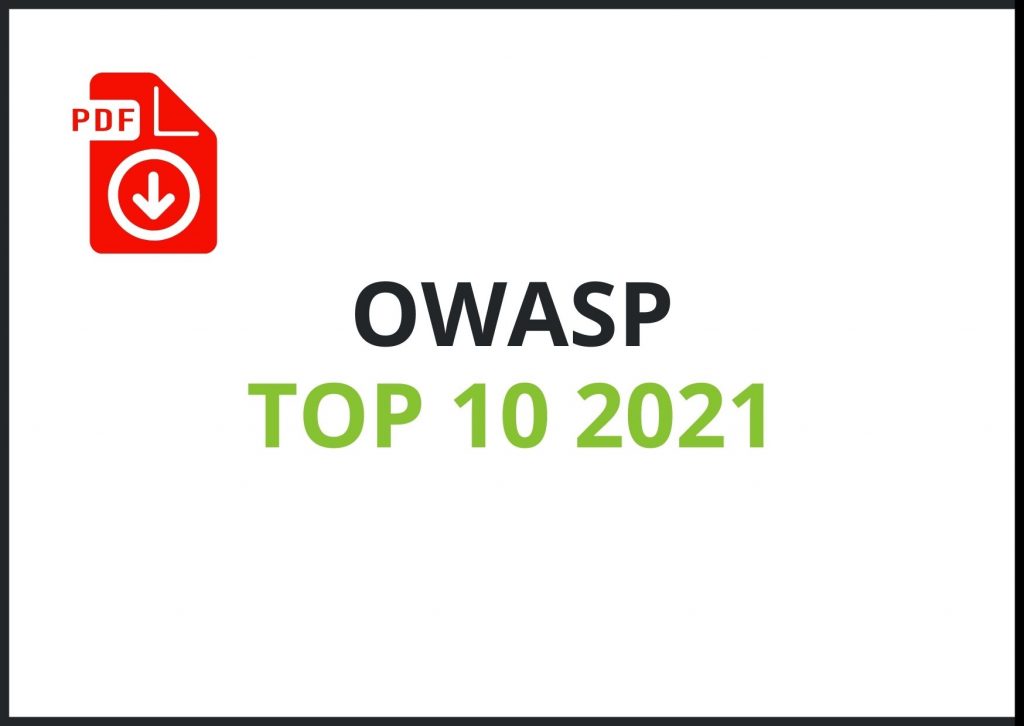Ciphertext is a fundamental concept related to the process of encryption, which is the cornerstone means of securing data. When encrypted, data is converted from its original readable form, known as plaintext, into a garbled format that hides its substance from anyone who does not possess the appropriate key to decrypt it back to plaintext. The ciphertext’s strength and integrity rely upon the encryption algorithm used and the secrecy of the encryption key.
This transformation protects sensitive information during storage and transmission, especially across insecure or public networks. It ensures that even if an unauthorised party intercepts the data, they cannot understand it without the key. The ciphertext should be sufficiently random and indistinguishable from random noise so that potential attackers cannot derive any meaningful patterns from it.
Ciphertext is widespread across various forms of secure communications, digital identity verification, online transactions, and confidential data storage. Periodic advancements in cryptography and increases in computing power necessitate the continuous evolution and evaluation of encryption methods to ensure that ciphertext remains secure against increasingly sophisticated cryptanalysis methods.
What is plaintext and ciphertext?
As mentioned above, ciphertext is when an algorithm uses substitutions instead of original plaintext elements. Plaintext is any readable information presented in a format that is both accessible and usable without the need for a decryption key.
There are many differences between plaintext and ciphertext, although the main one is that plaintext is the original readable data, and ciphertext is the encrypted form of it. Other differences, however, include that plaintext can be understood and used without decryption, whereas ciphertext requires decryption for you to understand it.
What is a ciphertext-only attack?
A ciphertext-only attack is when the attacker only has access to encrypted messages and does not know what the plaintext data is or what the key is. The attacker’s goal is typically to guess the key so they have access to all of the messages but they may settle for just recovering as many plaintext messages as they can.
Key Characteristics:
- Encoded information unreadable without the decryption key
- Result of applying an encryption algorithm to plaintext
- Crucial for data security and privacy
- Dependent on algorithm strength and key secrecy
Examples:
- Real-World Example: A user sends a message over an encrypted messaging app. The app encrypts the message to ciphertext using an encryption key before sending. On receipt, the recipient’s app uses a corresponding decryption key to convert it back to plaintext.
- Hypothetical Scenario: A company stores sensitive customer data. When saved to the database, the data is converted to ciphertext using an advanced encryption standard (AES) algorithm, rendering it unreadable without the necessary decryption key.
Related Terms:
- Plaintext: The original, readable form of data before being encrypted into ciphertext.
- Encryption Key: A piece of information (a key) that determines the functional output of a cryptographic algorithm during the encryption and decryption processes.
- Cryptanalysis: The study and practice of analysing information systems to breach cryptographic security systems and gain access to the underlying data, specifically targeting ciphertext to uncover plaintext.
- Encryption Algorithm: A mathematical procedure converting plaintext to ciphertext and vice versa.

